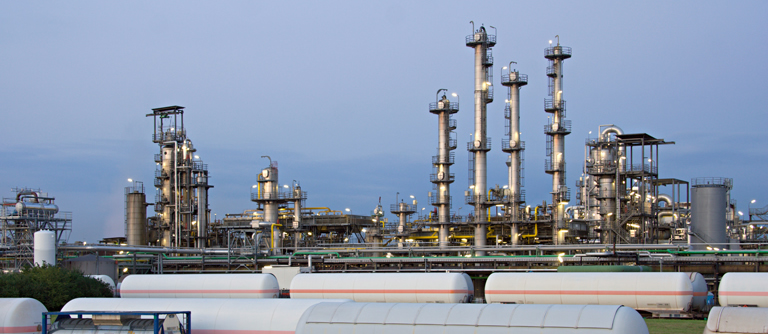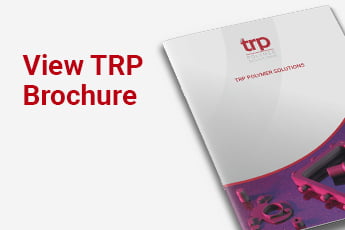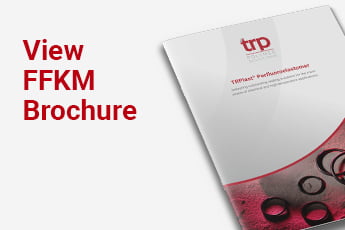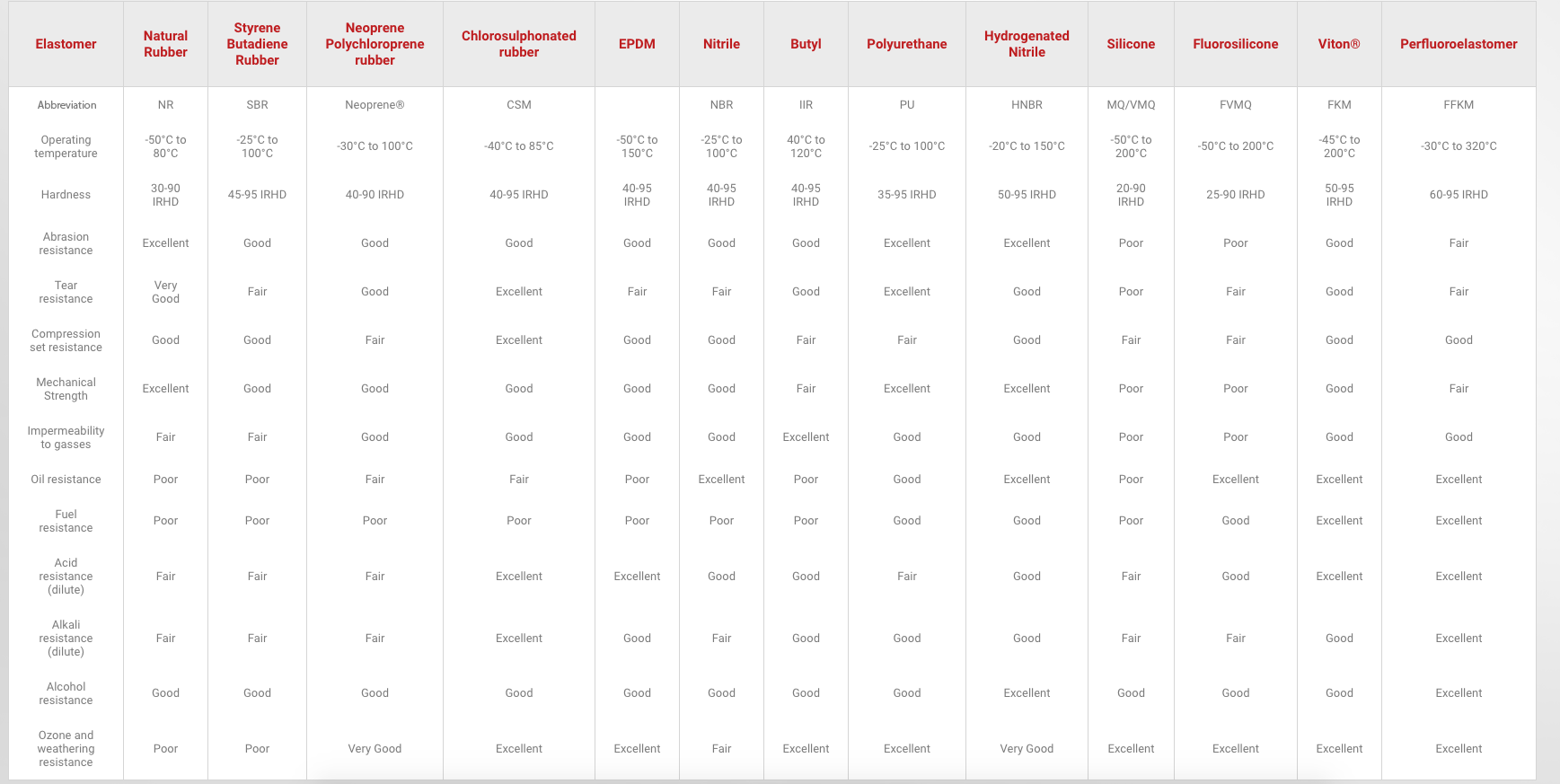FFKM News from TRP Polymer Solutions News

FFKM O-Rings: The perfect seal for extreme conditions
In extreme application environments, where the margins for error are narrow and the safety of personnel and machinery are often at risk, failure simply isn’t an option. Such conditions demand failsafe solutions and this where FFKM O-rings and FFKM gaskets excel, delivering effective, reliable and durable sealing solutions that you can depend on time and […]

Why perfluoroelastomer is well-suited to oil and gas applications
TRP Polymer Solutions is highly experienced in the manufacture of specialised perfluoroelastomer (FFKM) seals and fluoroelastomer (FKM) seals for the rigours of downhole, subsea and surface environments in the oil and gas industry. In this article, we explore why perfluoroelastomers in particular are well-suited to demanding oil and gas applications. The oil and gas industry […]

FFKM in pharmaceuticals and chemical processing
What do the medical and chemical processing industries have in common? Both benefit from using FFKM seals. Perfluoroelastomers (FFKM) are a remarkable family of synthetic rubbers that are versatile enough to formulate FDA compliant grades on the one hand and highly chemical resistant ones on the other. TRP Polymer Solutions explains how FFKM ‘O’ rings […]

What are the applications of FFKM?
Perfluoroelastomer, or FFKM as it’s more commonly known, is a remarkable material. A highly fluorinated version of fluoroelastomer, FFKM is famed for its chemical inertness and a thermal stability that enables it to operate at temperature extremes of -45 °C to +330 °C. Unsurprisingly, given these credentials, FFKM is a material in high demand. Read […]

What is the best ‘O’ ring material?
Determining the “best” ‘O’ ring material is virtually impossible. It would be like picking the “best” footballer of all time. Can you really make a like-for-like comparison between a goalkeeper and a striker? No, because their roles are completely different. This is also true of different ‘O’ ring seal materials; they are designed to perform […]

Which applications benefit from FFKM rubber seals?
If you are in the market for a durable sealing solution for a demanding application, FFKM rubber seals offer outstanding advantages. Perfluoroelastomer (FFKM) rubber seals offer the dual benefits of excellent chemical resistance and a wide operating temperature of -40°C to +330°C, making them ideally suited to the harshest of applications. In this article, TRP […]

The advantages of ultra-low temperature ‘O’ Rings
Standard ‘O’ ring materials can struggle to perform optimally in ultra-low temperature applications. Once temperatures are reduced to below the working limits of the material they resist the deformation that usually occurs under pressure and is so vital to maintain seal integrity. This is where specialised ultra-low temperature ‘O’ rings offer the perfect solution.

How FFKM ‘O’ rings are made
Perfluoroelastomer (FFKM) is a high-grade polymer material boasting a highly fluorinated chemical makeup that enables us to design and manufacture FFKM 'O' rings that are extremely resistant to high temperatures, chemicals and oxygen-plasma. In this article, TRP Polymer Solutions explains the benefits of FFKM 'O' rings and the manufacturing process that goes into making them.

How to measure O-ring size
O-rings are circular, seals that prevent gas or liquid from passing through an opening. After countless operational cycles, O-rings will eventually wear out and fail. When that time comes, it’s essential to know the correct dimensions of your O-ring to source a like for like replacement. In this blog, we’ll explain how to measure an O-ring correctly.

FFKM vs FKM
What’s in a letter? Well, in the case of FKM and FFKM, quite a lot actually. In this blog, we make a direct comparison between FFKM vs FKM, highlighting the various features and benefits of each elastomer, to give you an insight into when and why we might choose to use them in your sealing products.





